Level 35 - Vocab in Context
39 Lessons
1

欠 in Context
2

吹 in Context
3

歌 in Context
4
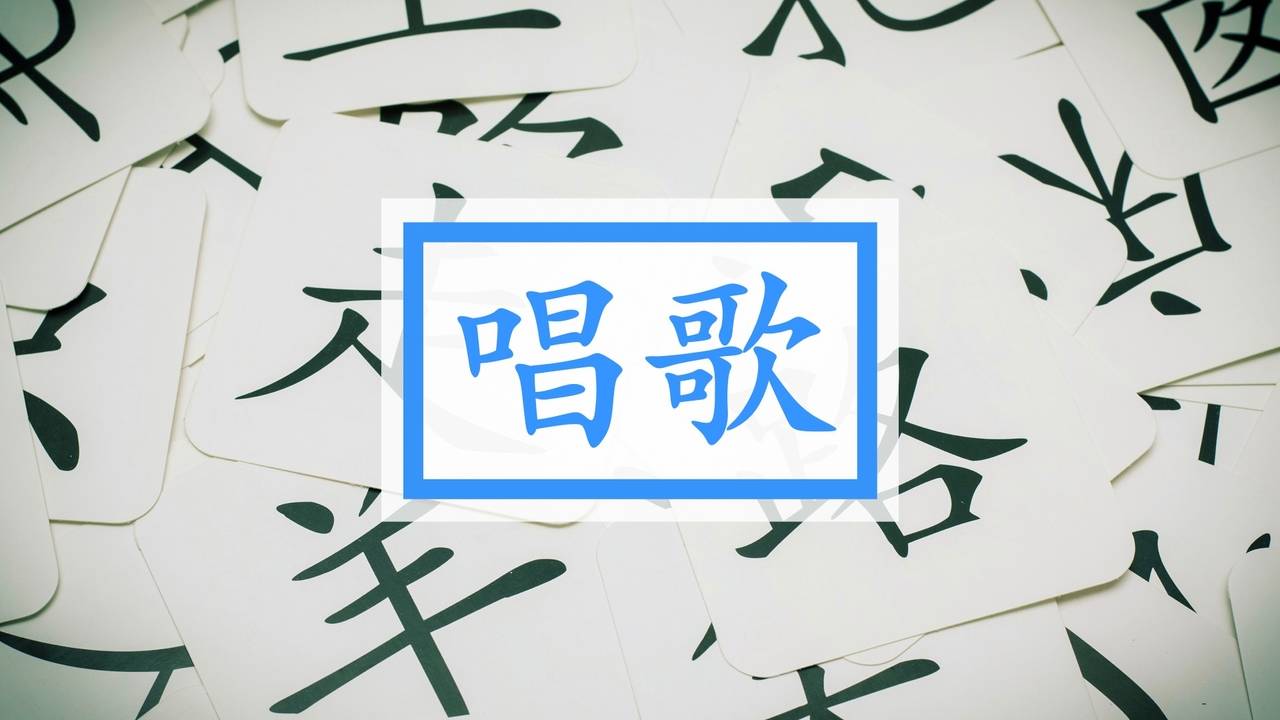
唱歌 in Context
5

歌手 in Context
6

软 in Context
7

这次 in Context
8

那次 in Context
9

一次 in Context
10
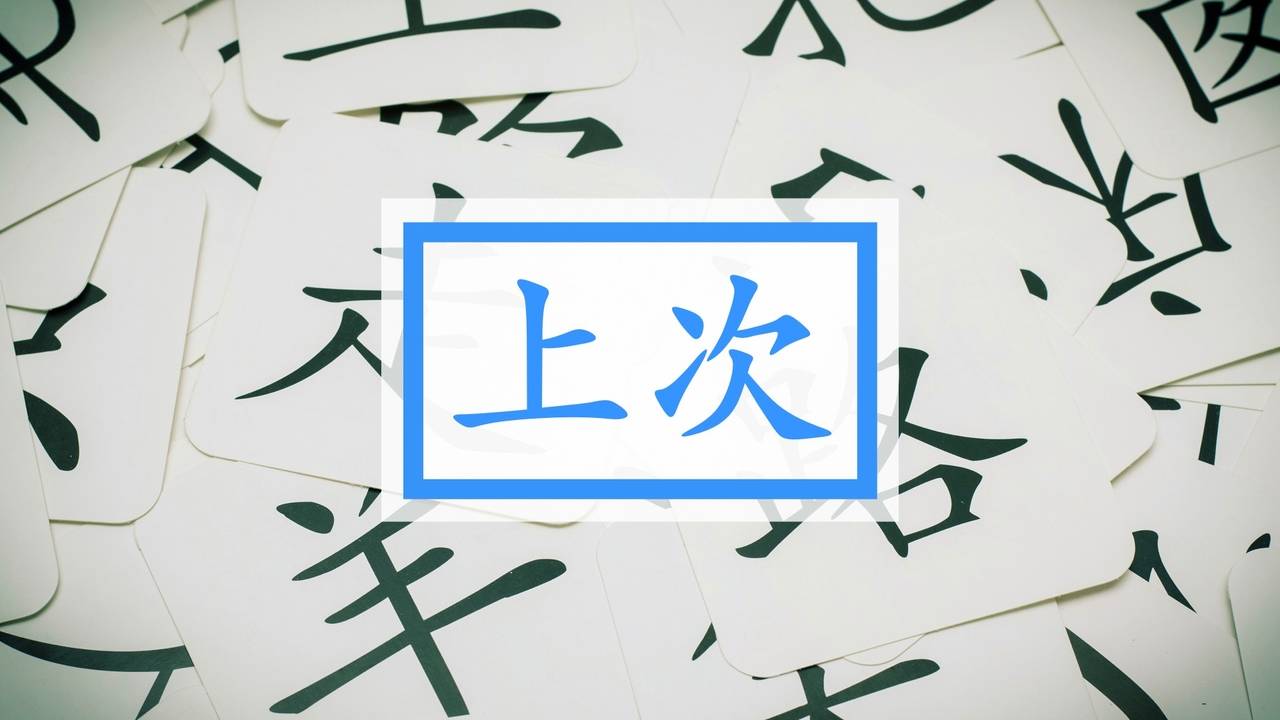
上次 in Context
11

下次 in Context
12
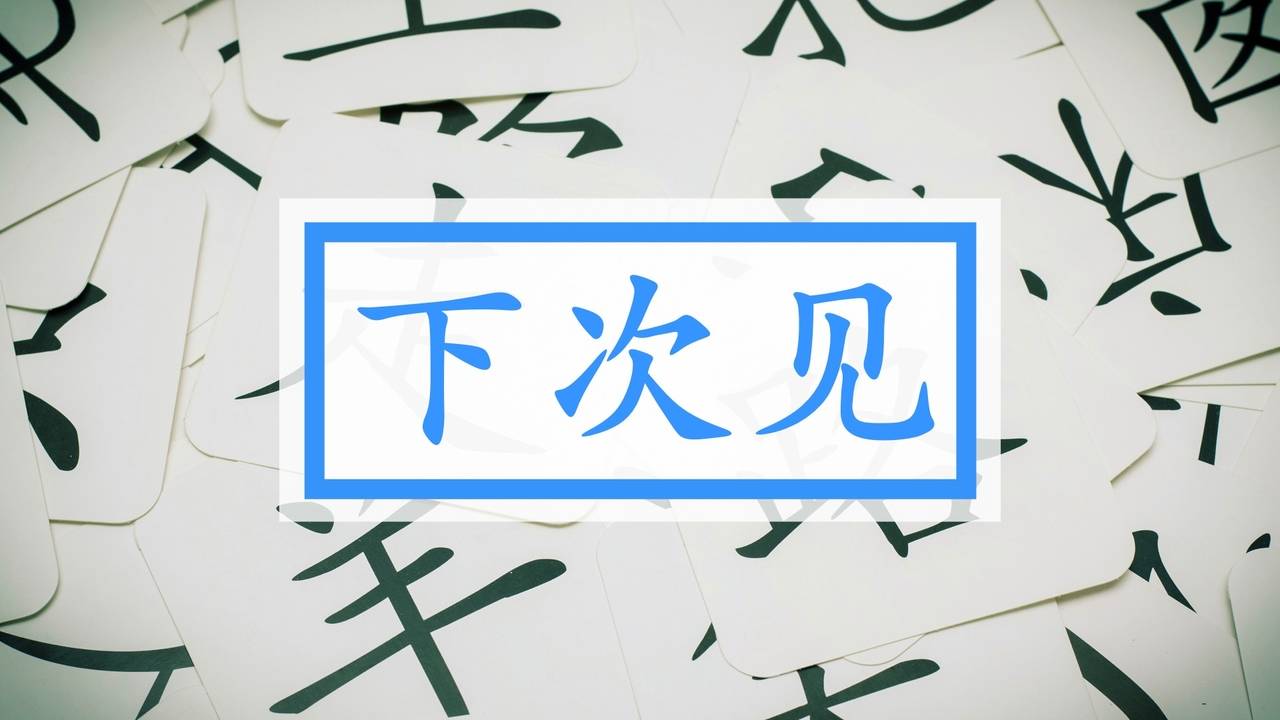
下次见 in Context
13

几次 in Context
14

每次 in Context
15

喜欢 in Context
16

忘 in Context
17

忘记 in Context
18

忙 in Context
19

帮忙 in Context
20

万 in Context
21
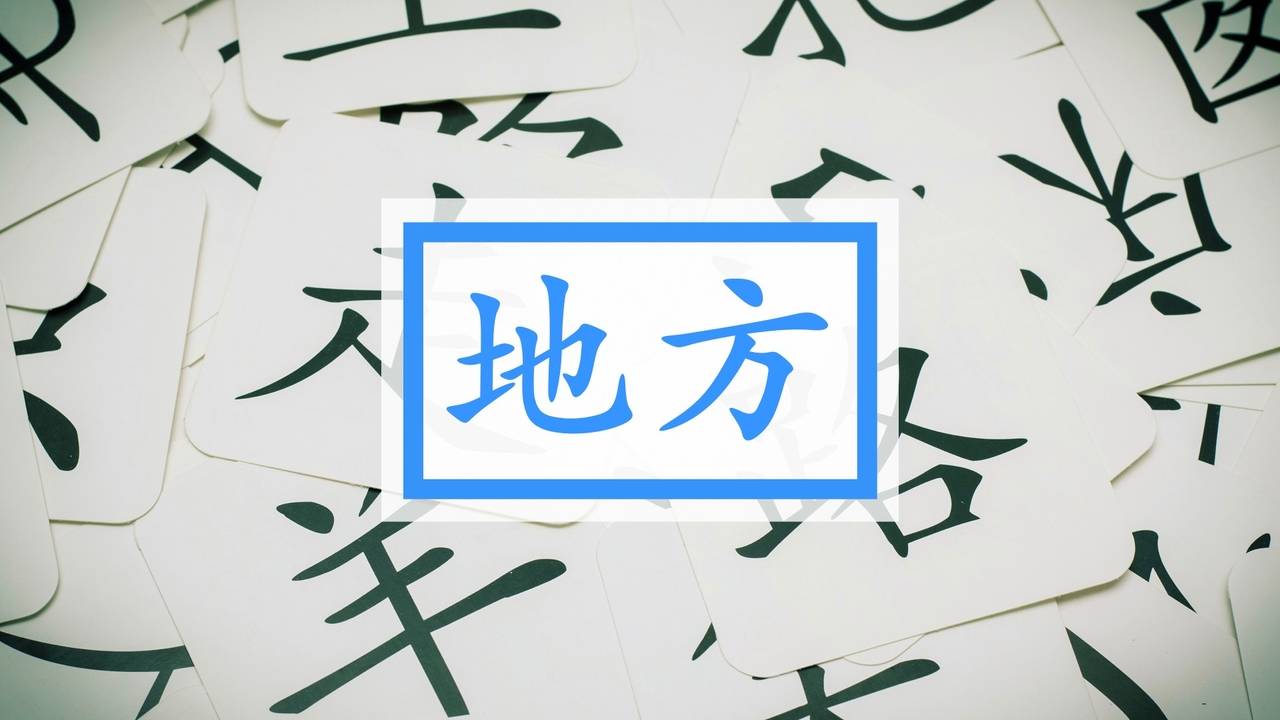
地方 in Context
22
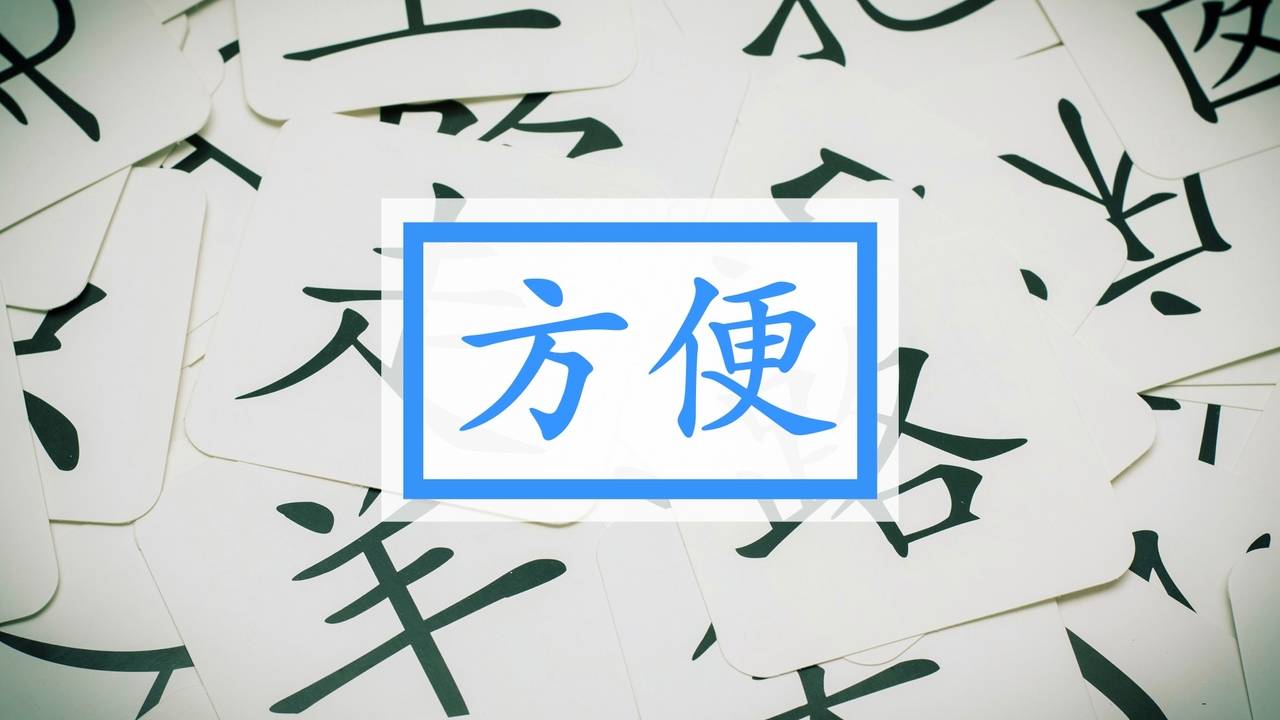
方便 in Context
23

方法 in Context
24

放 in Context
25

放下 in Context
26

放心 in Context
27

放学 in Context
28

房子 in Context
29

房间 in Context
30

房东 in Context
31

吧 in Context
32

把 in Context
33

BONUS: Special - How to Use 把 bǎ in Chinese
34

白色 in Context
35
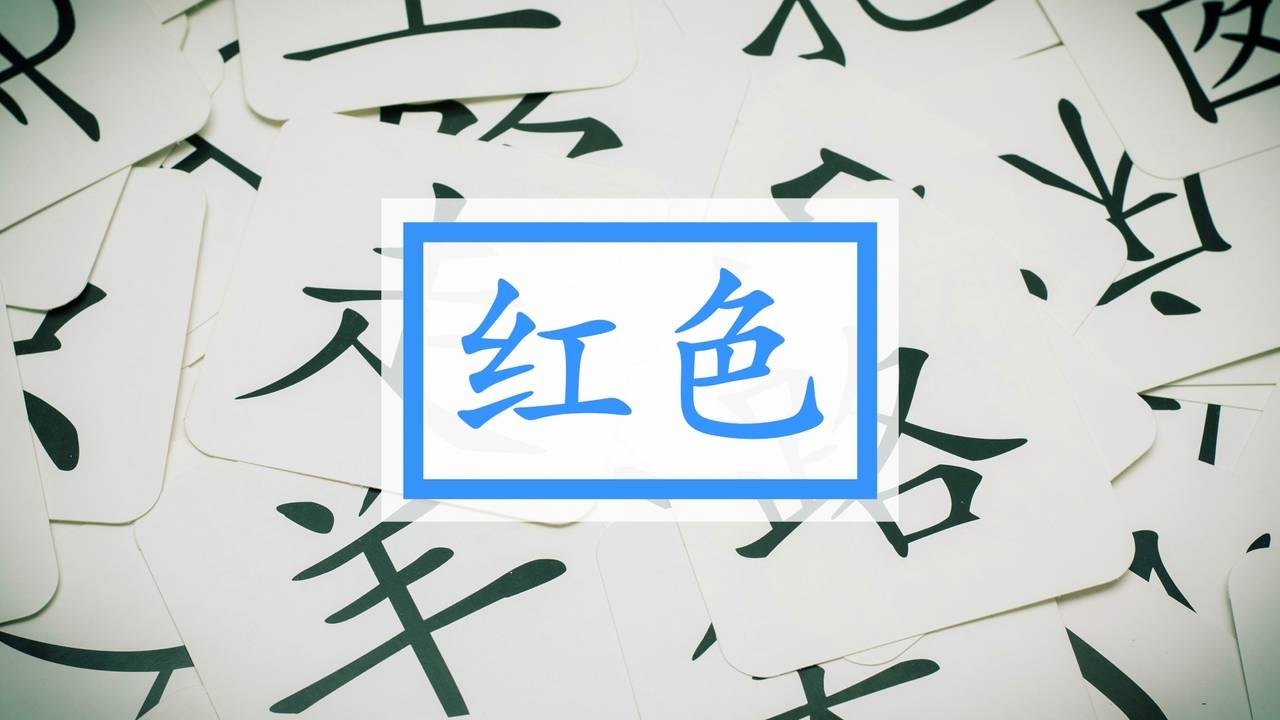
红色 in Context
36

黑色 in Context
37

而是 in Context

BONUS: Connector - Expressing 'Not This, Instead That' with 不是..., 而是...
39

需要 in Context
Next Character
BONUS: Connector - Expressing 'Not This, Instead That' with 不是..., 而是...
Reminder About 'Connectors'
Connectors are what linguists call "conjunctions." The Chinese word for them is "连词 liáncí - 'connect + word.' They serve to take separate thoughts and show how they are connected. Examples in English are words like "and," "or," "because," etc. Chinese connectors are one of the most straightforward elements of the language to understand, so be sure not to overthink them too much :).
GW-Connector-Not-This-Instead-That-连词-不是……而是
This grammar point comes in handy whenever someone makes a mistake in their analysis of a situation. For example, suppose that you show up late for work, and your colleague says, "Heavy traffic today, eh?" you might say, "It wasn't heavy traffic, but rather that my car broke down."
In Chinese, the structure is like this:
不是 + Incorrect Analysis/Reason, 而是 + Correct Analysis/Reason
Let's look at some examples:
Sentence 1:
这辆车不是我的,而是他的。 - Level 35
Zhè liàng chē bùshì wǒ de, érshì tā de.
This car isn't mine, but his.
I like to imagine that a man is standing next to his friend's beautiful sports car when a car enthusiast walks by and says, "Whoa, I love this car! How long have you had it?" The car enthusiast's mistaken analysis is that you're standing by the car because it is yours. When this happens, the natural reply would be "这辆车不是我的,而是他的。"
Sentence 2:
我不是不懂,而是不同意。
Wǒ bùshì bùdǒng, érshì bùtóngyì
It's not that I don't understand, but that I disagree.
Ah, a classic line when debating. Everyone wants to believe that if only people understood their perspective, of course, they would agree. If only!
You could easily imagine that when Jack explains his point to Jill, and she still disagrees, Jack would say "You don't understand," to which Jill would reply "我不是不懂,而是不同意。 "
Sentence 3:
猎人没有一刀杀了狼,而是把狼的肚子切开,把奶奶从里面救了出来。 - Level 34
Lièrén méiyǒu yīdāo shā le láng, érshì bǎ láng de dùzi qiēkāi, bǎ nǎinai cóng lǐmiàn jiù le chūlái.
The hunter didn't kill the wolf with his knife. Instead, he cut open the wolf's stomach and saved the grandma.
In this line from "Little Red Riding Hood," we can see a past tense version of this structure. When the hunter is trying to save 奶奶, you might think that he would kill the Big Bad Wolf, but he goes right to save her instead. Brutal.
Because this line comes from a story that's written in the past tense, 没有 replaces 不是.
Grammar Ain't That Hard, Y'all.
I wonder if we've made the point that comprehensible input is the key to acquiring grammar before? Yes? Practically every day, you say? WELL, THAT'S BECAUSE IT'S TRUE.
We enjoy pointing out these grammar patterns, and we know that adults can find it thrilling to realize how much they've learned. This does not change the fact that you won't truly acquire "不是…而是…" until you've seen it in understandable context several times. Does that mean that these grammar lessons are pointless? Not quite.
The adult mind is better than a child's at focusing on details, especially conceptual details like a grammar point. After you conceptualize a structure like "不是..., 而是…," the benefit is that you've upgraded your ability to notice. If you are better able to notice the structure, you'll comprehend it more quickly and, therefore, reach acquisition all the more efficiently.
Keep. Smashing. It.




